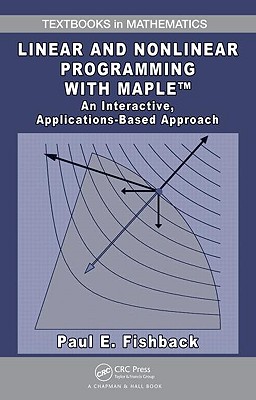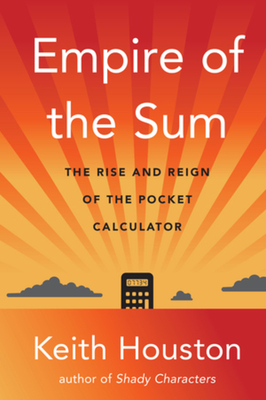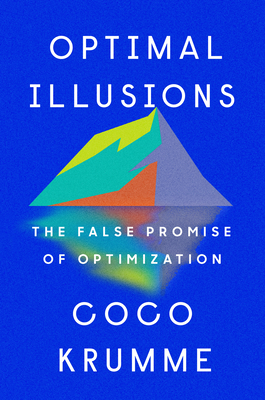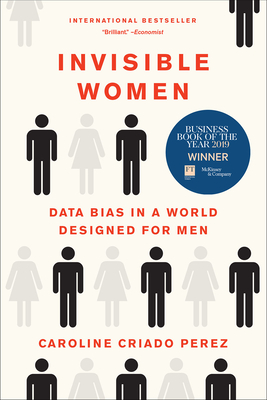
Linear and Nonlinear Programming with Maple: An Interactive, Applications-Based Approach
Description
Helps Students Understand Mathematical Programming Principles and Solve Real-World Applications
Supplies enough mathematical rigor yet accessible enough for undergraduatesIntegrating a hands-on learning approach, a strong linear algebra focus, Maple(TM) software, and real-world applications, Linear and Nonlinear Programming with Maple(TM): An Interactive, Applications-Based Approach introduces undergraduate students to the mathematical concepts and principles underlying linear and nonlinear programming. This text fills the gap between management science books lacking mathematical detail and rigor and graduate-level books on mathematical programming.
Essential linear algebra tools
Throughout the text, topics from a first linear algebra course, such as the invertible matrix theorem, linear independence, transpose properties, and eigenvalues, play a prominent role in the discussion. The book emphasizes partitioned matrices and uses them to describe the simplex algorithm in terms of matrix multiplication. This perspective leads to streamlined approaches for constructing the revised simplex method, developing duality theory, and approaching the process of sensitivity analysis. The book also discusses some intermediate linear algebra topics, including the spectral theorem and matrix norms.
Maple enhances conceptual understanding and helps tackle problems
Assuming no prior experience with Maple, the author provides a sufficient amount of instruction for students unfamiliar with the software. He also includes a summary of Maple commands as well as Maple worksheets in the text and online. By using Maple's symbolic computing components, numeric capabilities, graphical versatility, and intuitive programming structures, students will acquire a deep conceptual understanding of major mathematical programming principles, along with the ability to solve moderately sized rea




























